The area is significant because it provides habitat for 80+ species of mammals, 2 native species of fish, 40+ amphibian and reptiles, and 100 species of breeding birds. It is also a migration and wintering area for 250 species of migratory or wintering birds. These habitats here are due to the the free-flowing San Pedro River and one of the most endangered forest types in the world, the Fremont Cottonwood-Goodding Willow riparian forest. In this photo you can see the cottonwoods that grow along the river's banks.
We started at the San Pedro House visitor center where we obtained a brochure with information about the 2-mile self-guided trail that starts at the house.
The trail followed the San Pedro River and each bend in the river provided a more lovely view.
The contrast of the Cottonwood branches against the bright blue ski was strikingly beautiful.
Huge branches of the Cottonwoods grow in unusual formations and frequently close to the ground.
Green Kingfisher Pond was once a sand and gravel quarry (therefore, not spring fed). Beavers were over hunted in the 1800s but were re-introduced in 1999.
Ducks at the pond.
There is a dry oxbow (semi-circle of cottonwood tress created when the river was in a different channel) seen below. Cottonwoods grow naturally along a river bank, but can be planted elsewhere if there is enough ground water for the shallow root system.
These were previously agricultural fields but efforts are underway for them to gradually return to the natural native grasses.
Behind the San Pedro House are several picnic areas.
This huge cottonwood tree is estimated to be about 130 years old. The trunk has a circumference of 36 feet!
Amazing!
We had a wonderful afternoon exploring this area. The beauty of the river, cottonwoods, and birds made for a serene and relaxing setting. This is the perfect kind of place for all of us (John, Sadie, and me) to have fun. We had packed snacks and enjoyed them while sitting on benches provided at various points along the way. I was so glad we decided to visit!
Website: www.blm.gov
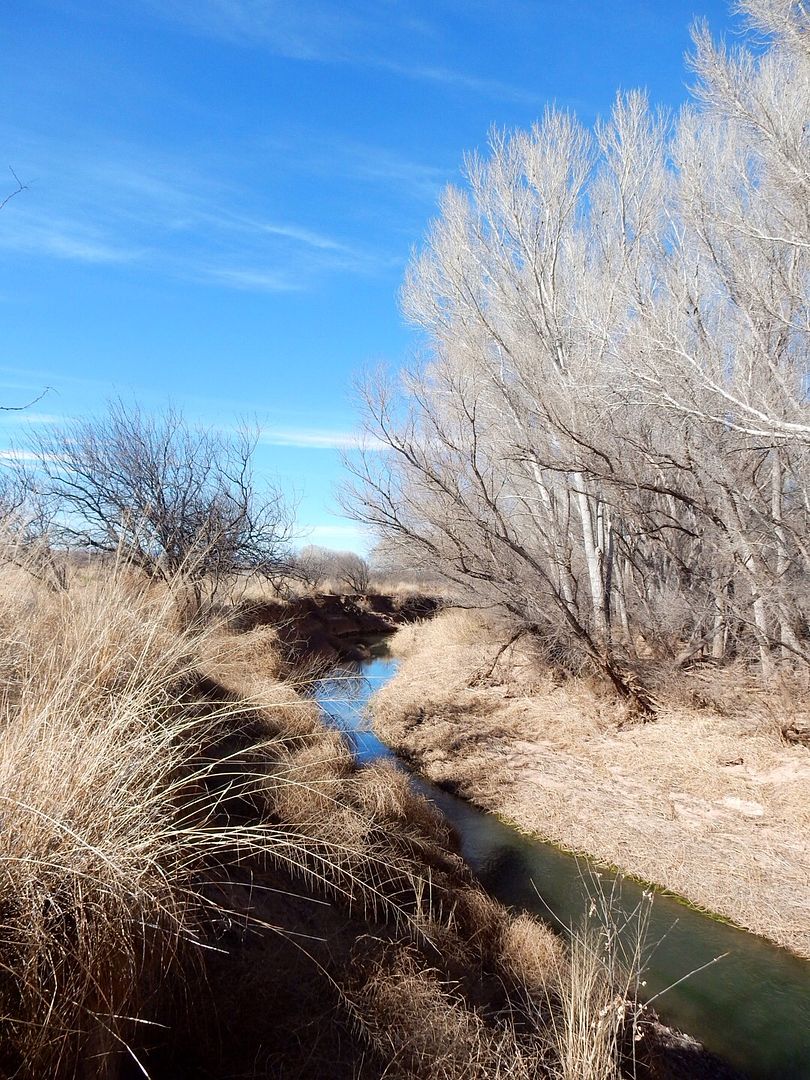

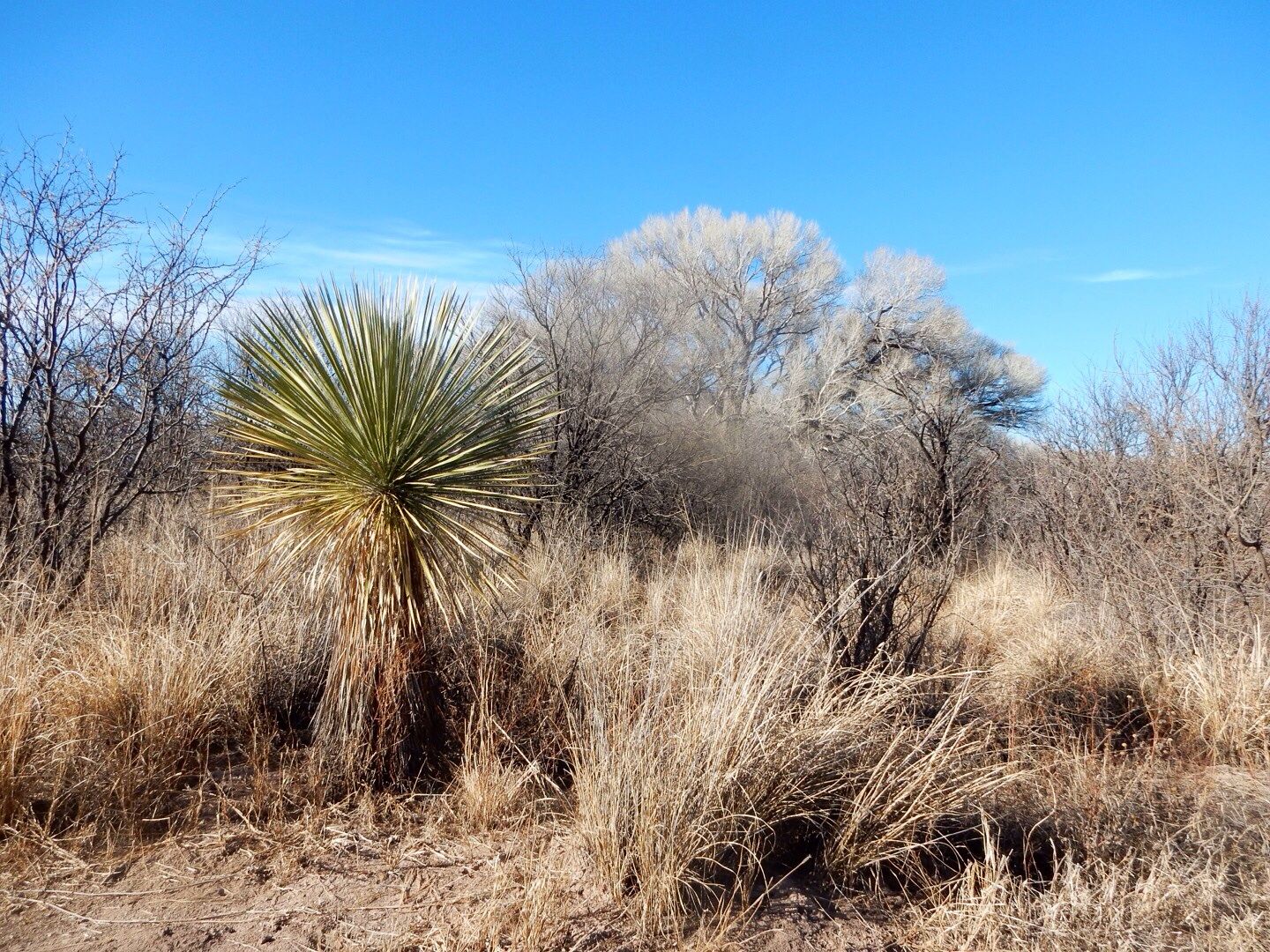
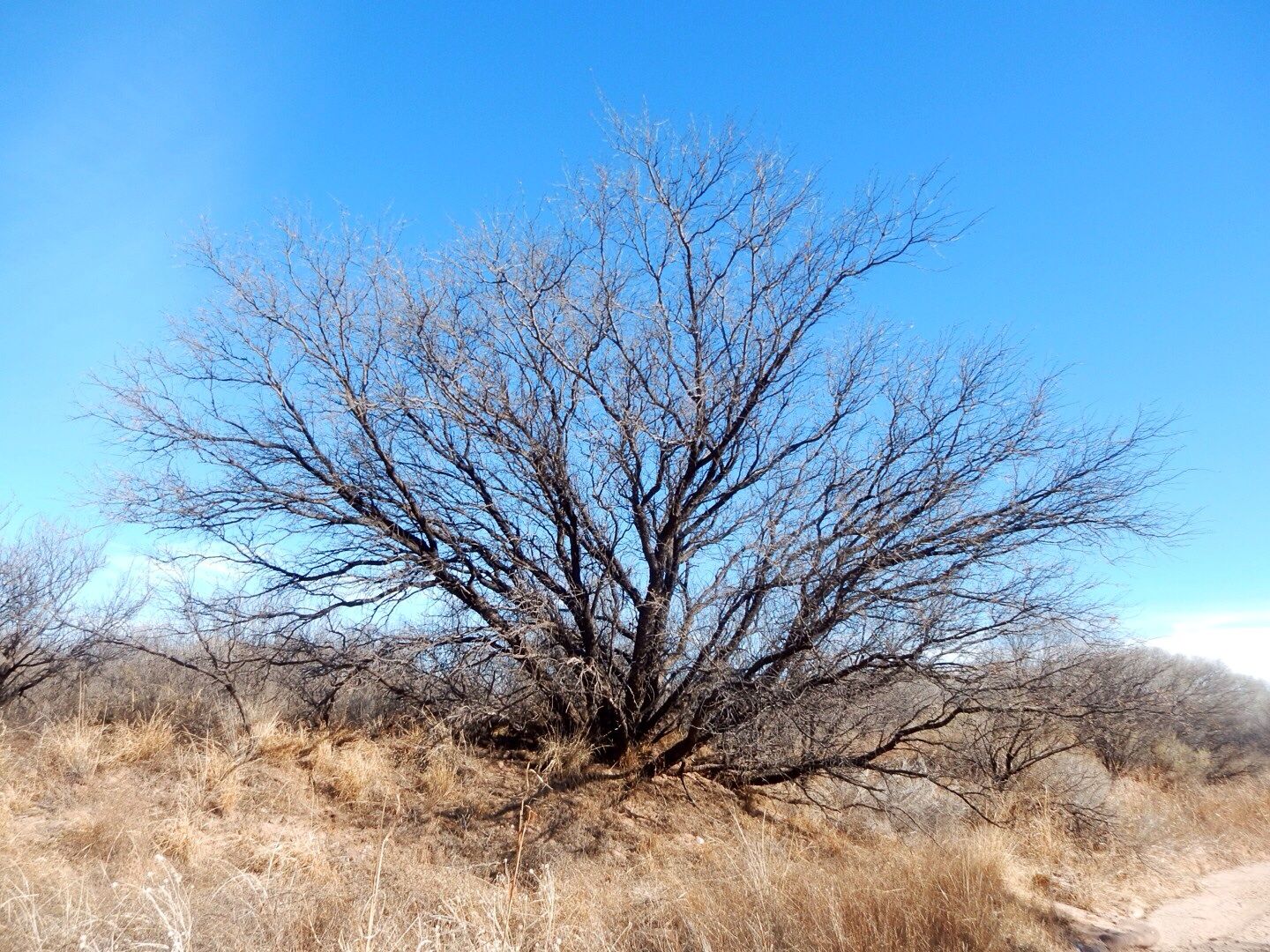

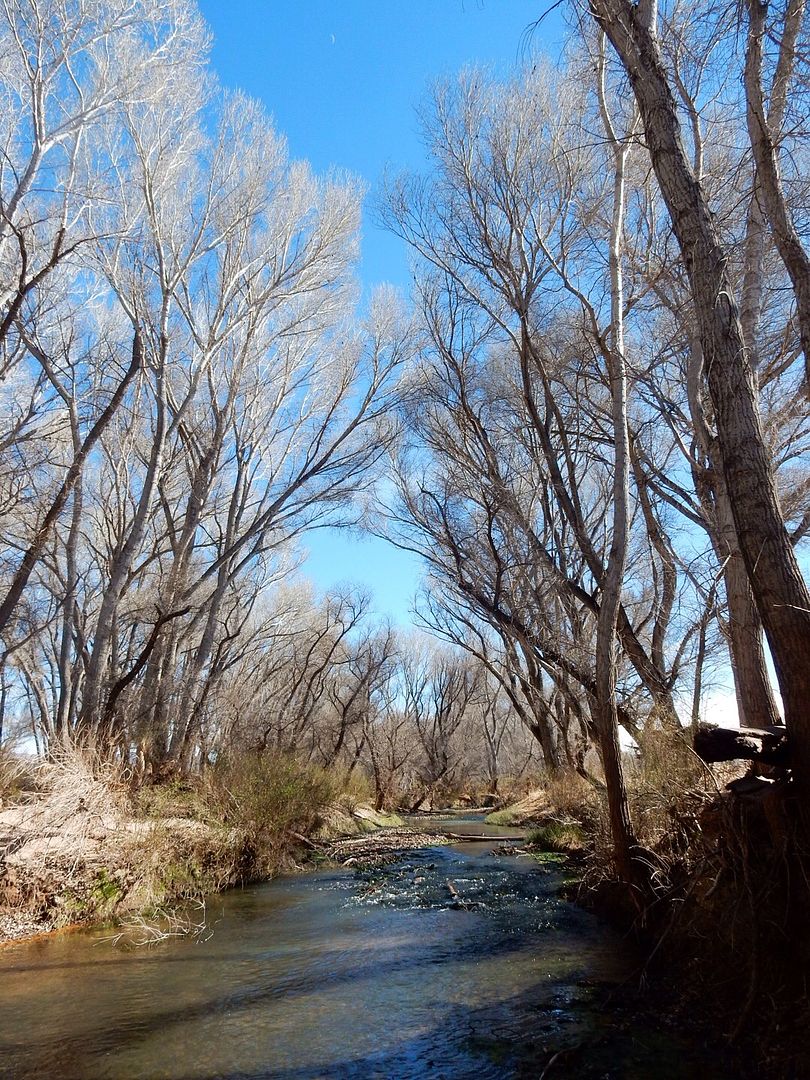
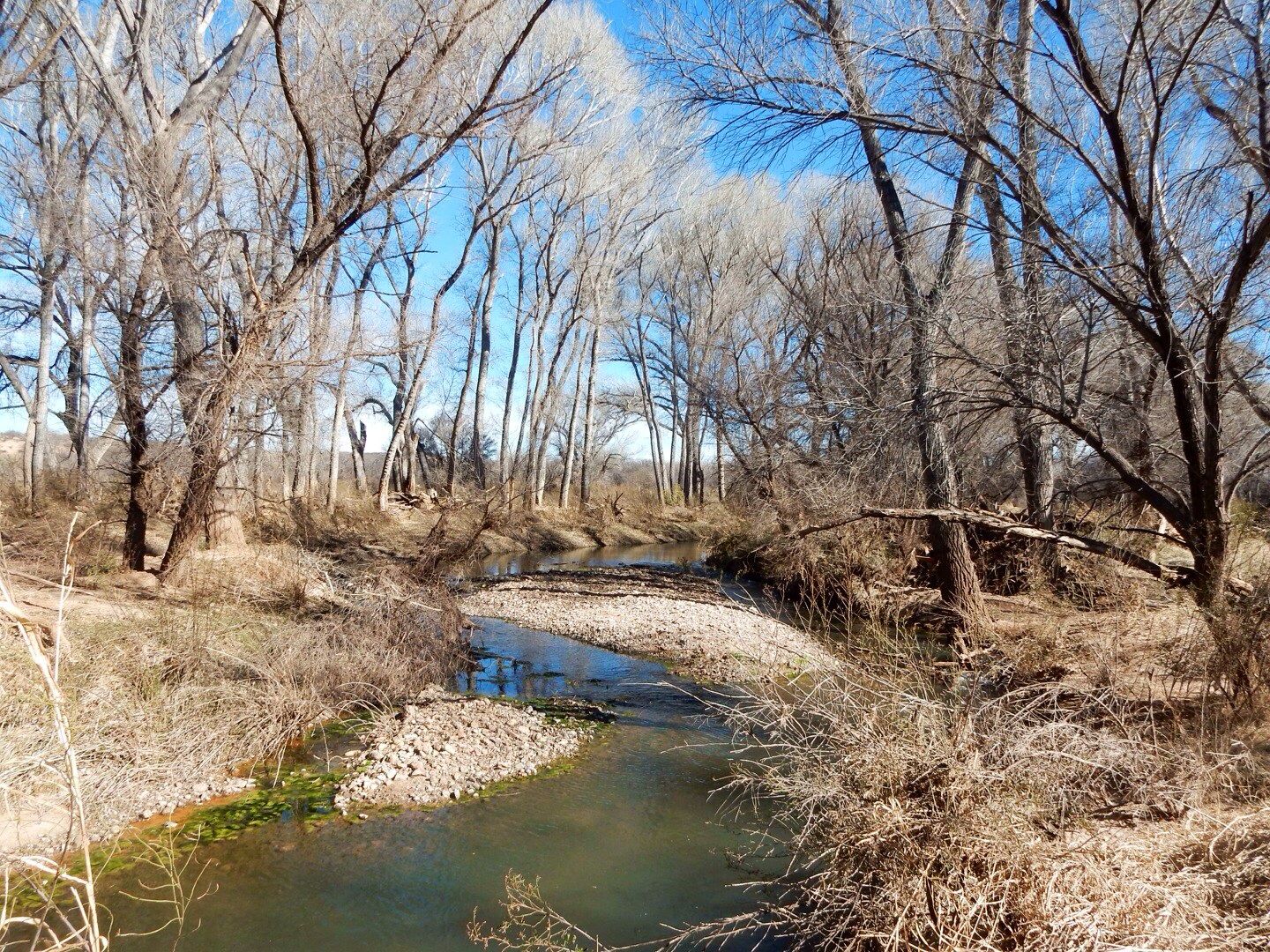
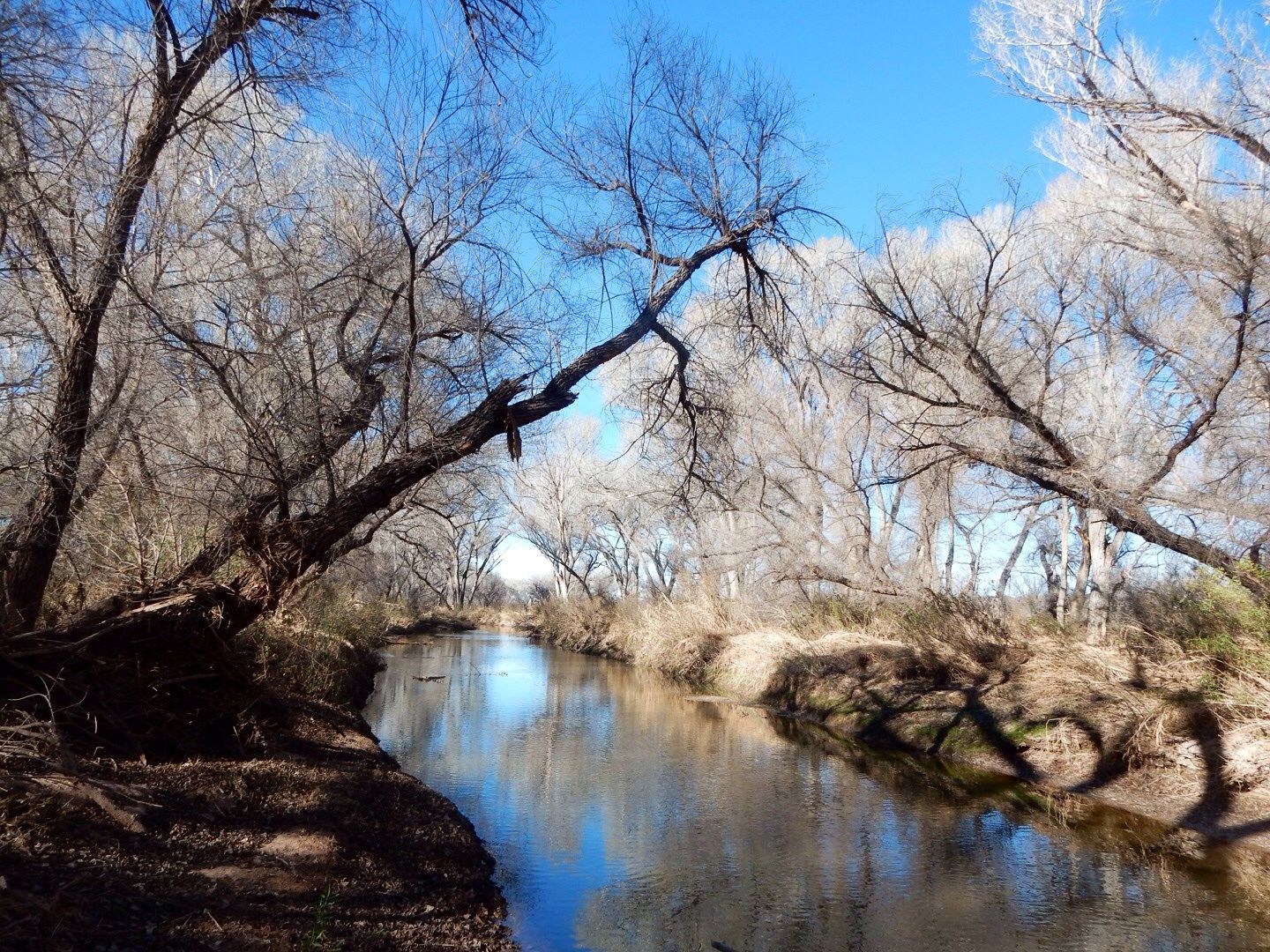
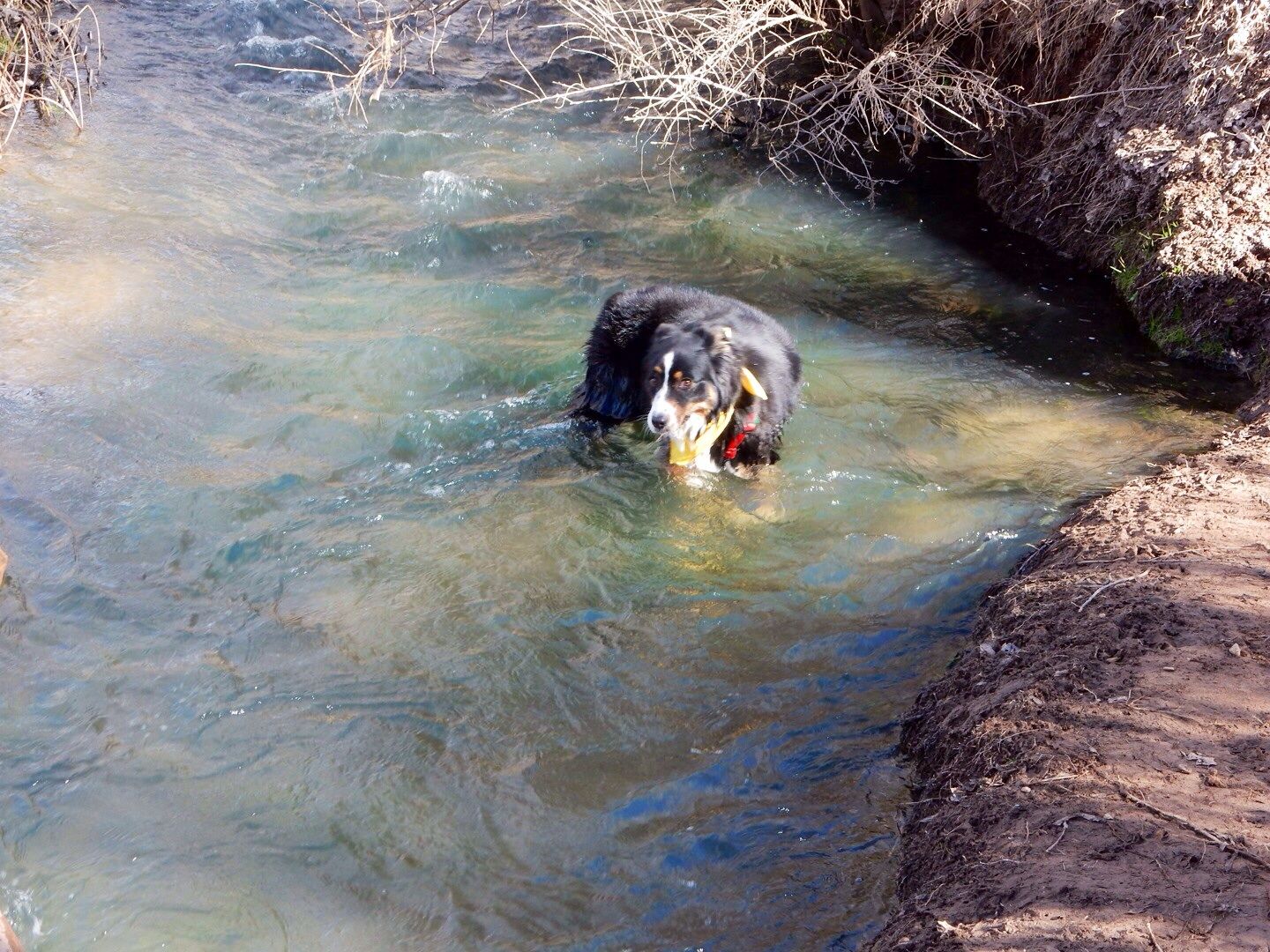
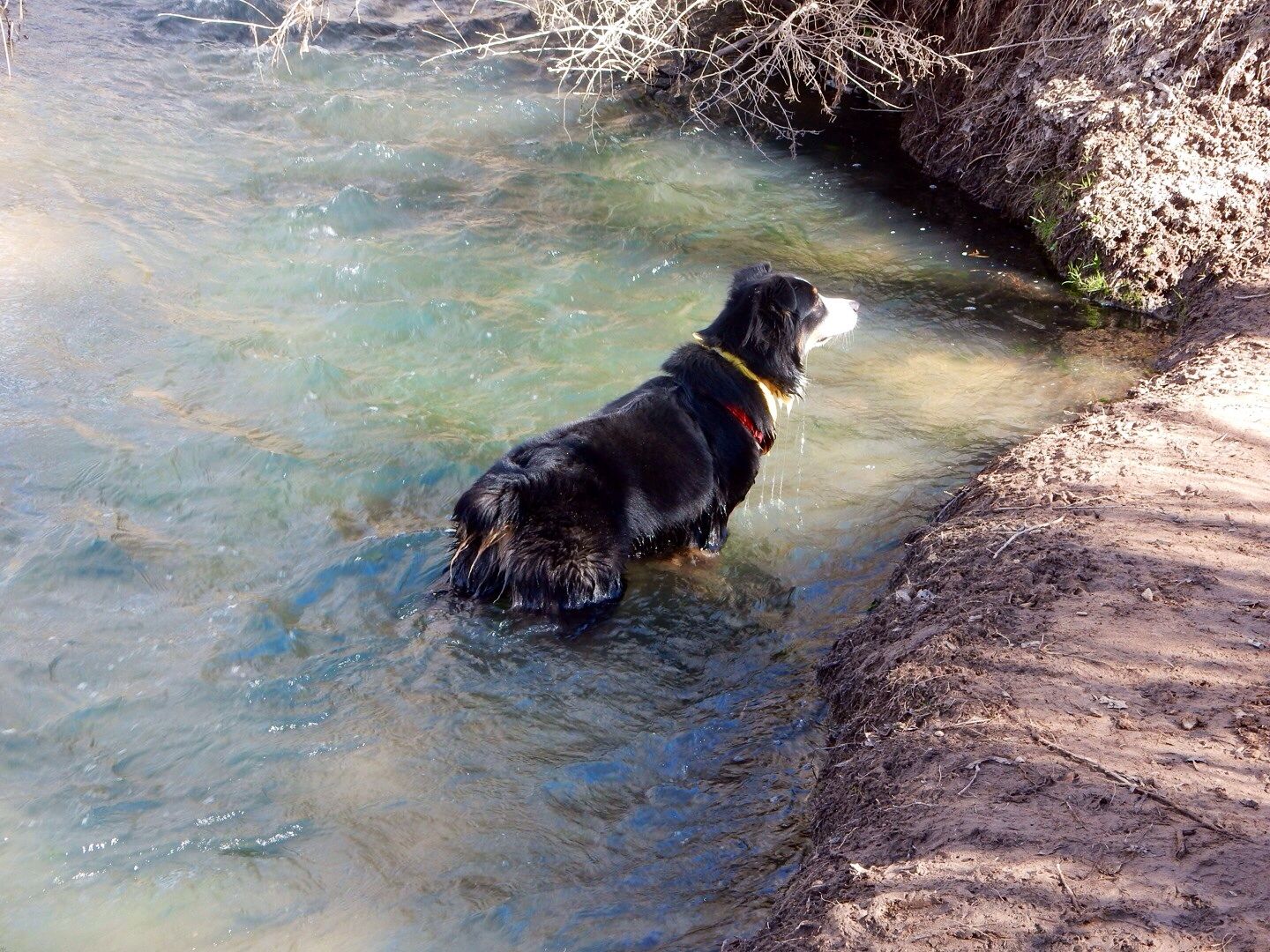
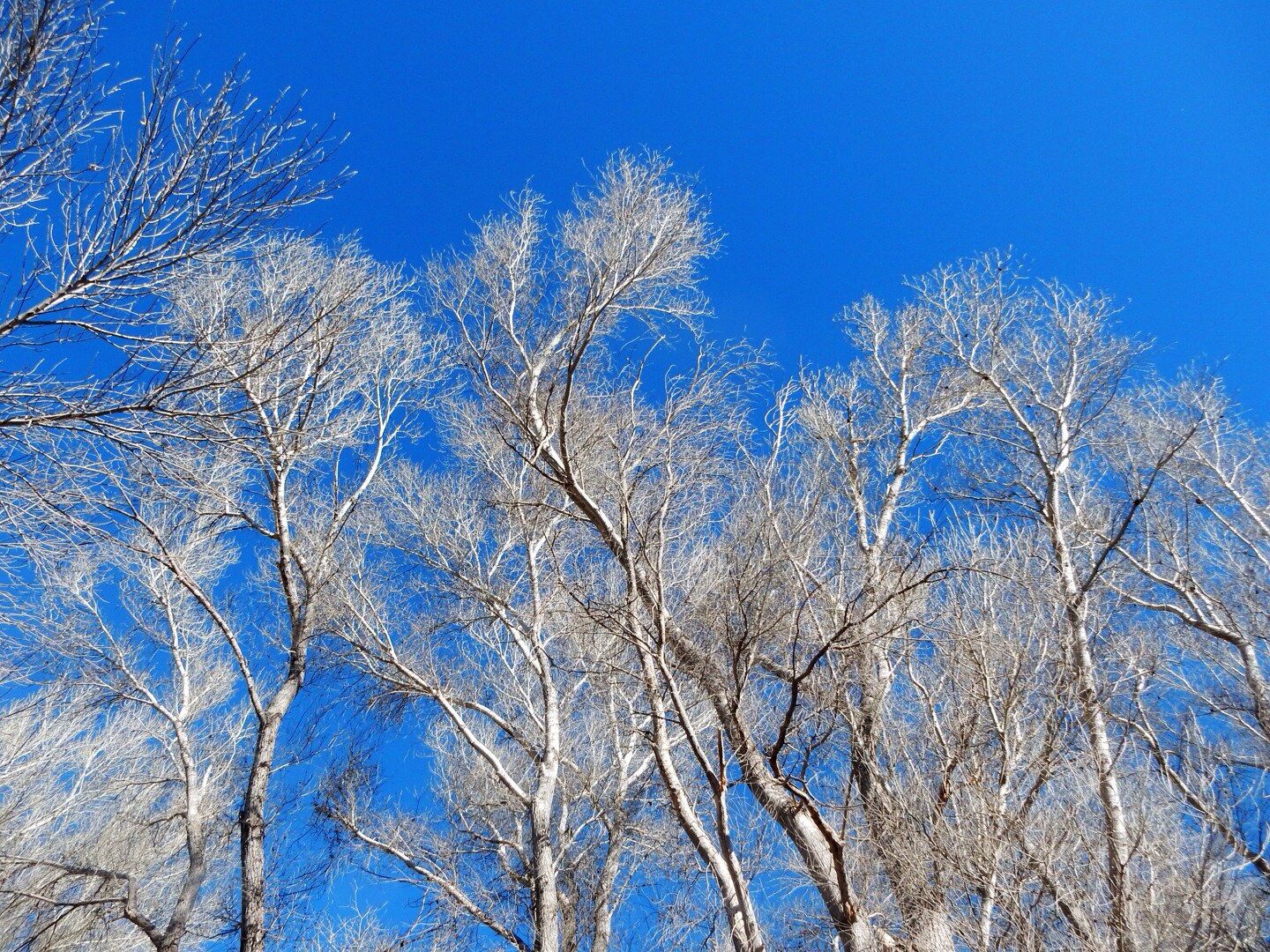
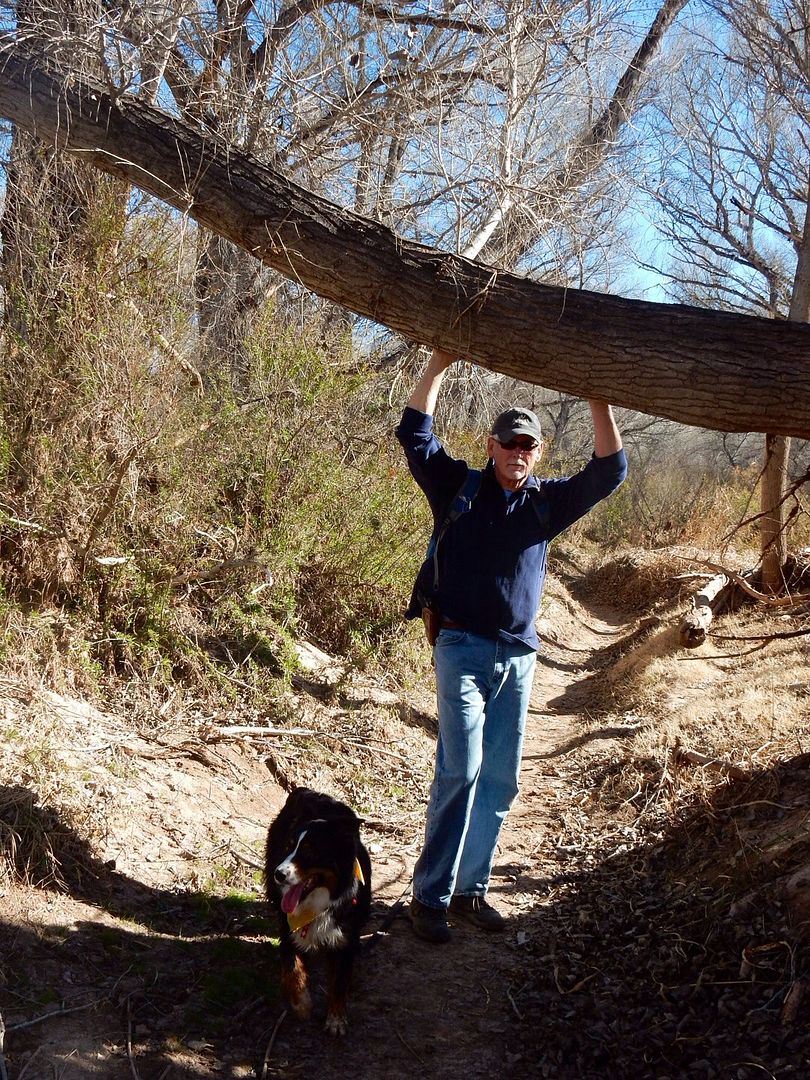
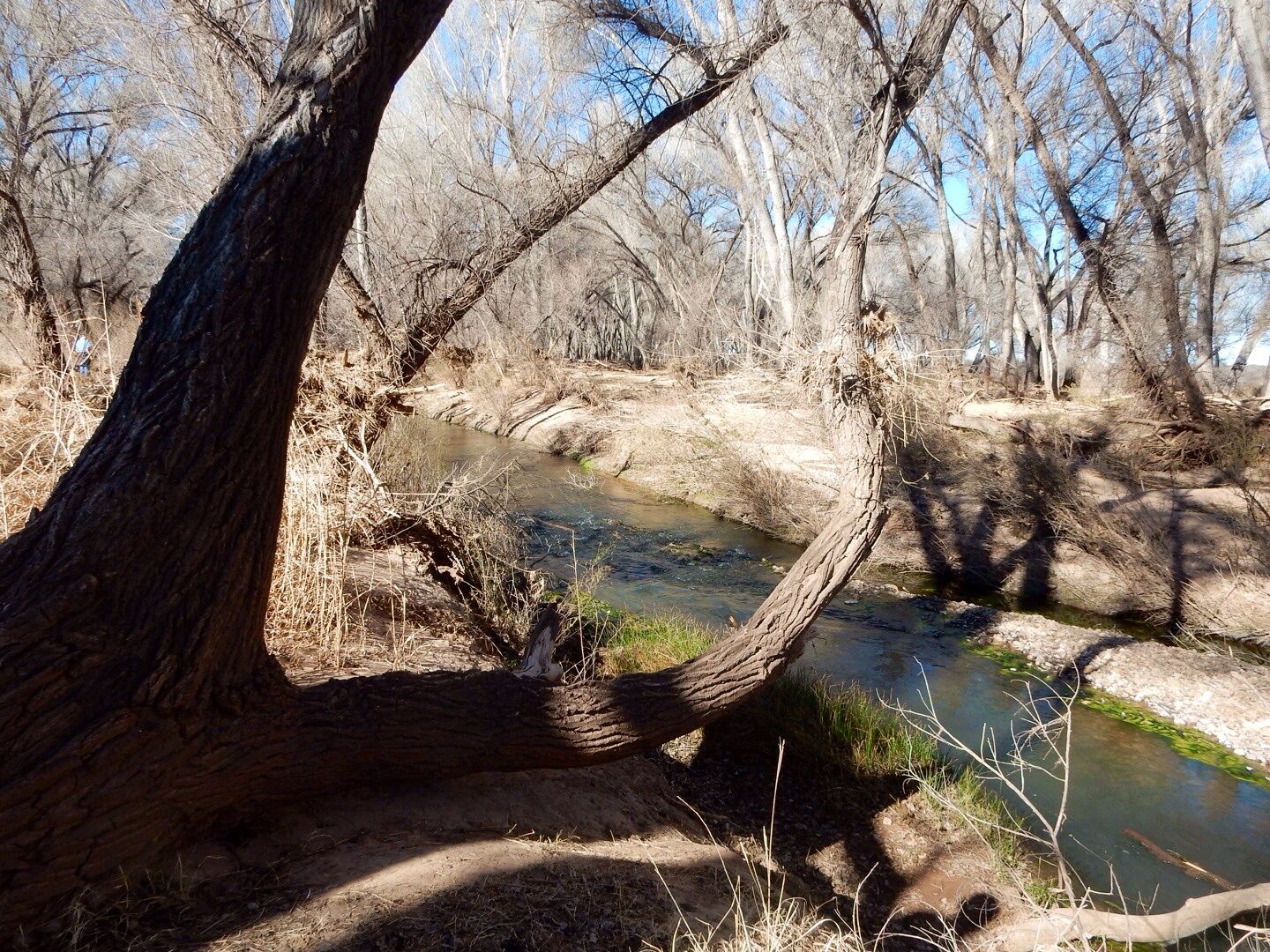
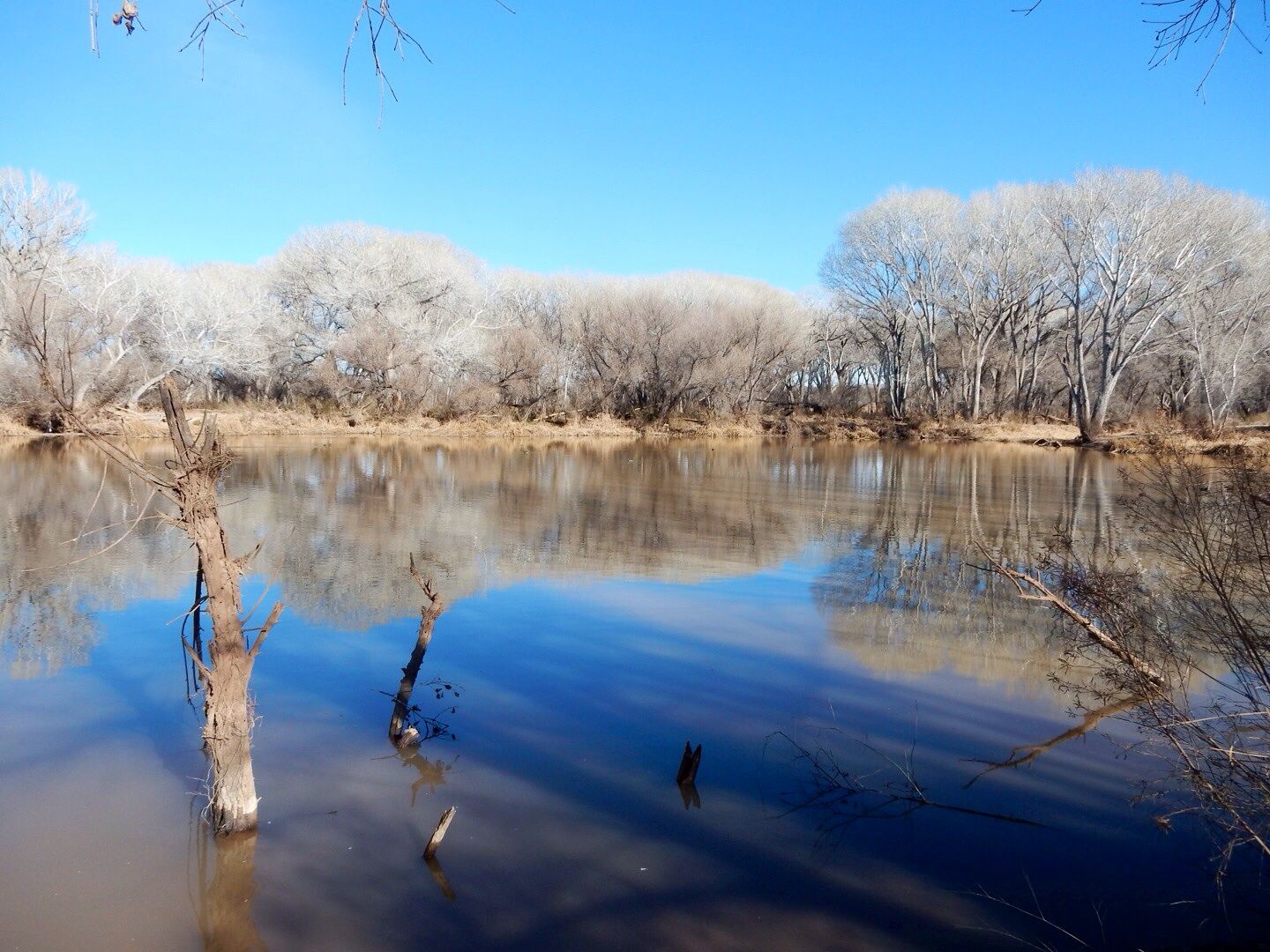
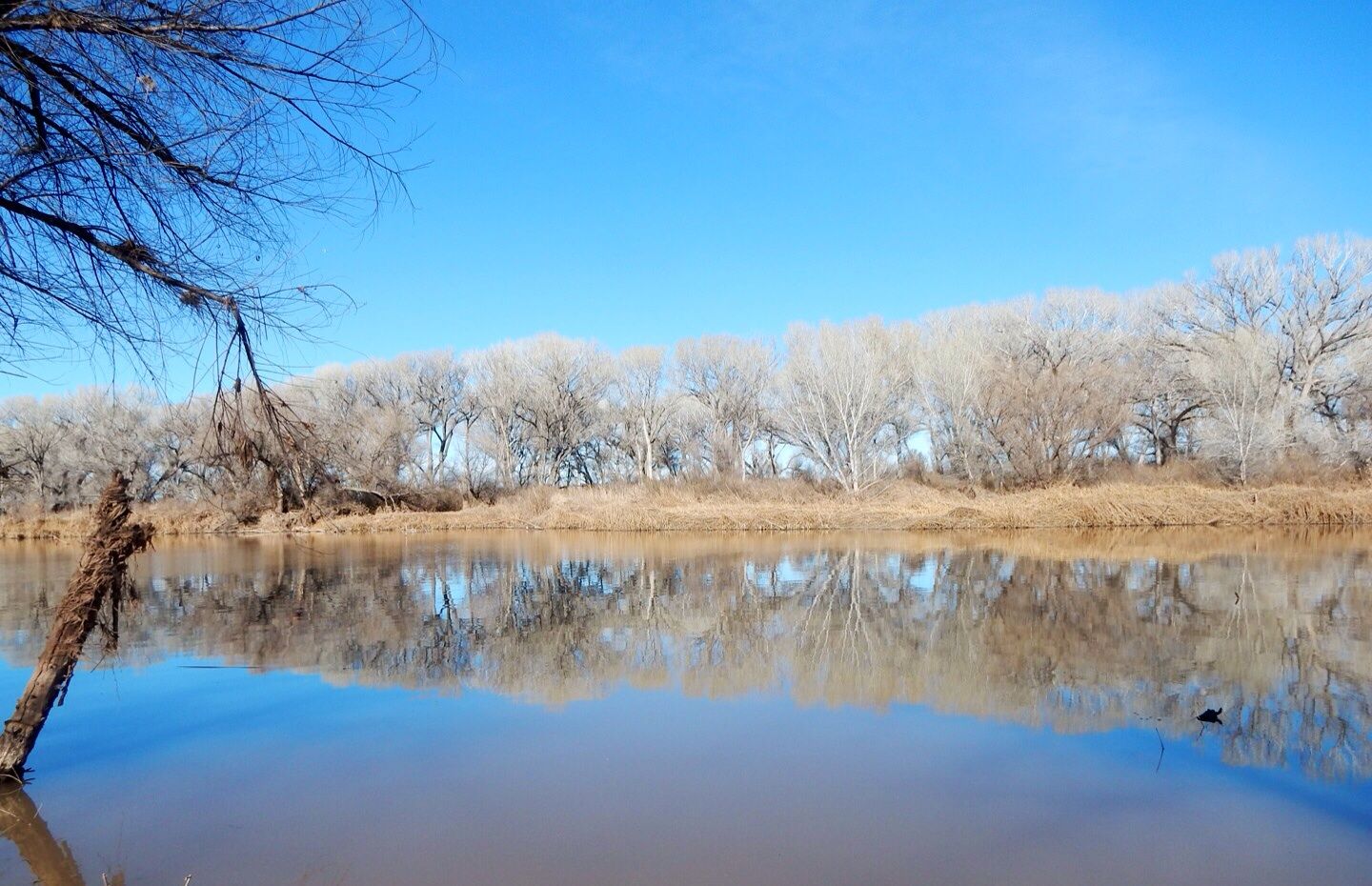
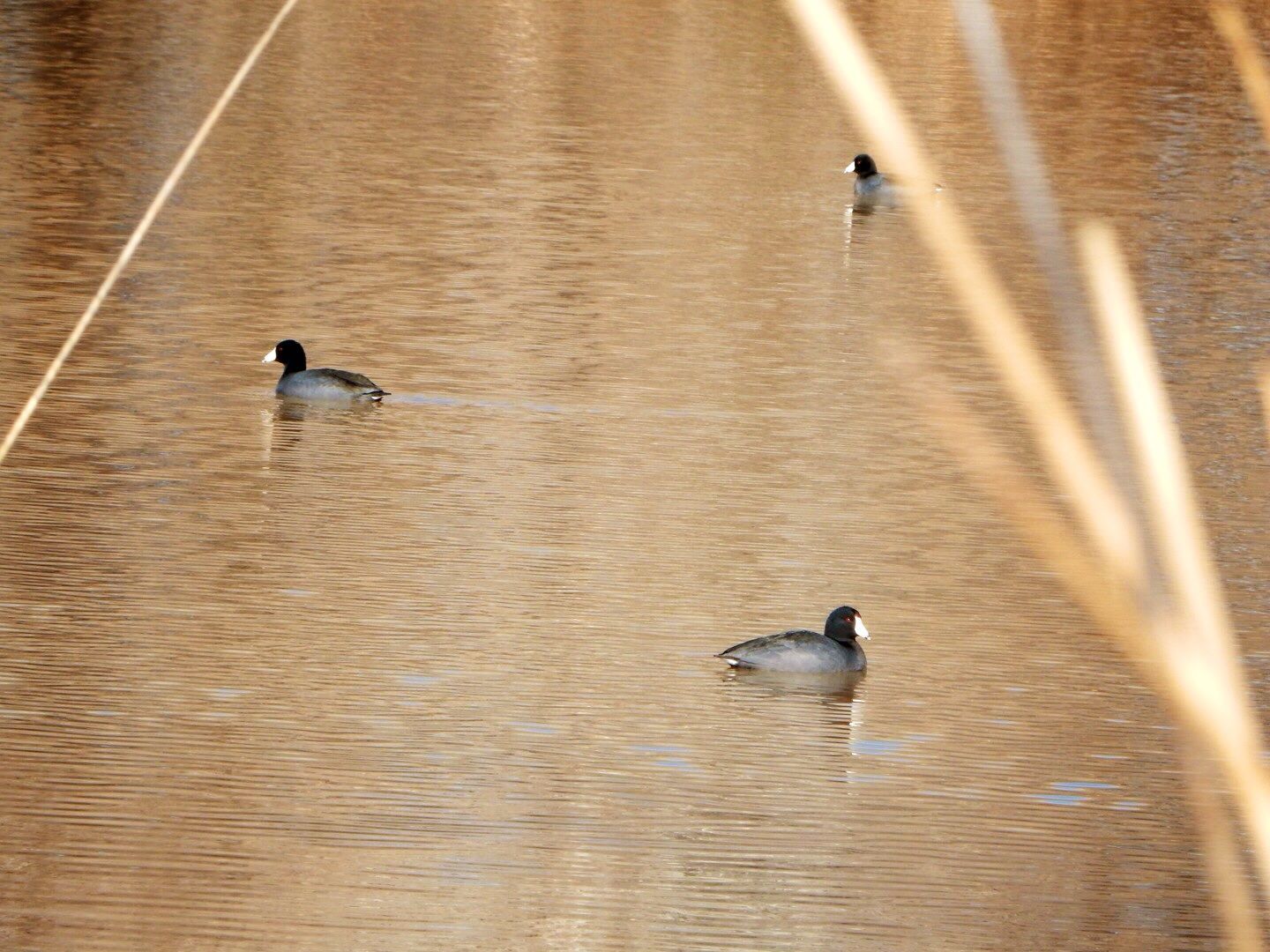

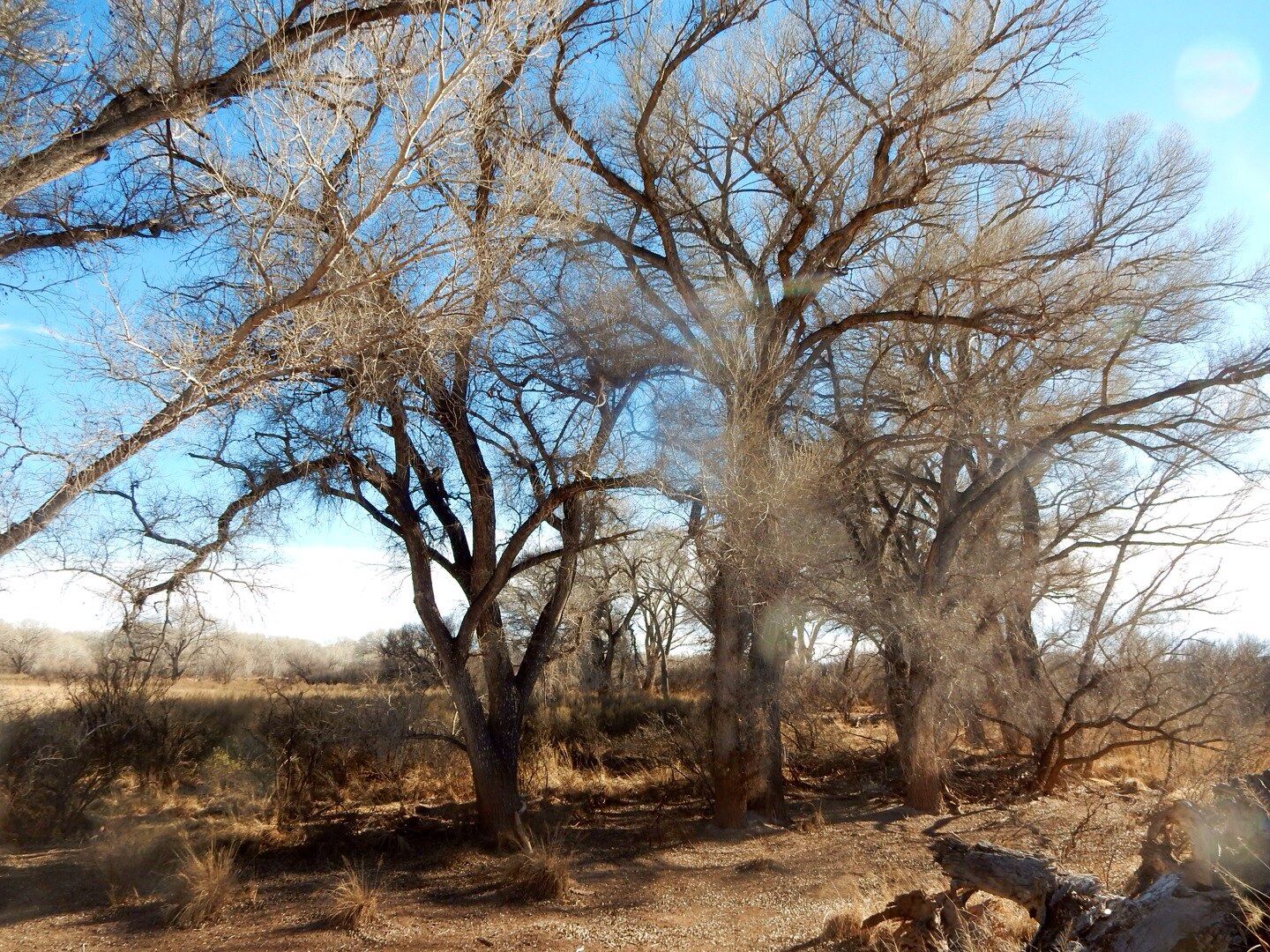
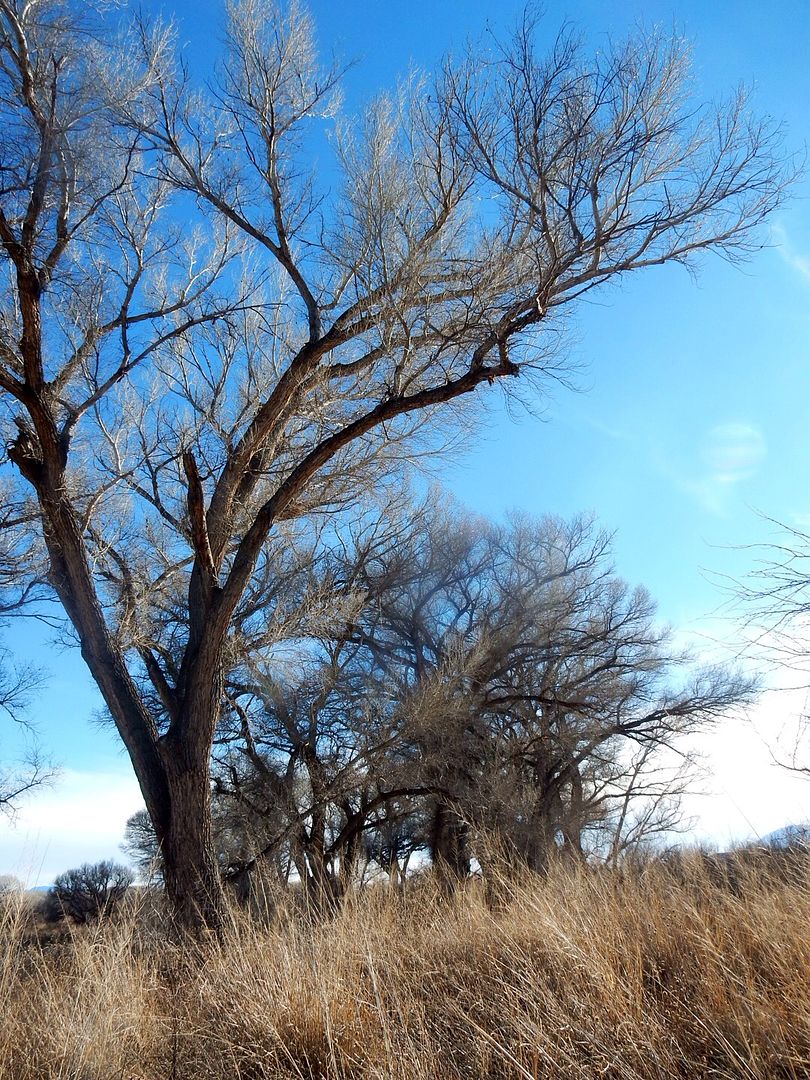


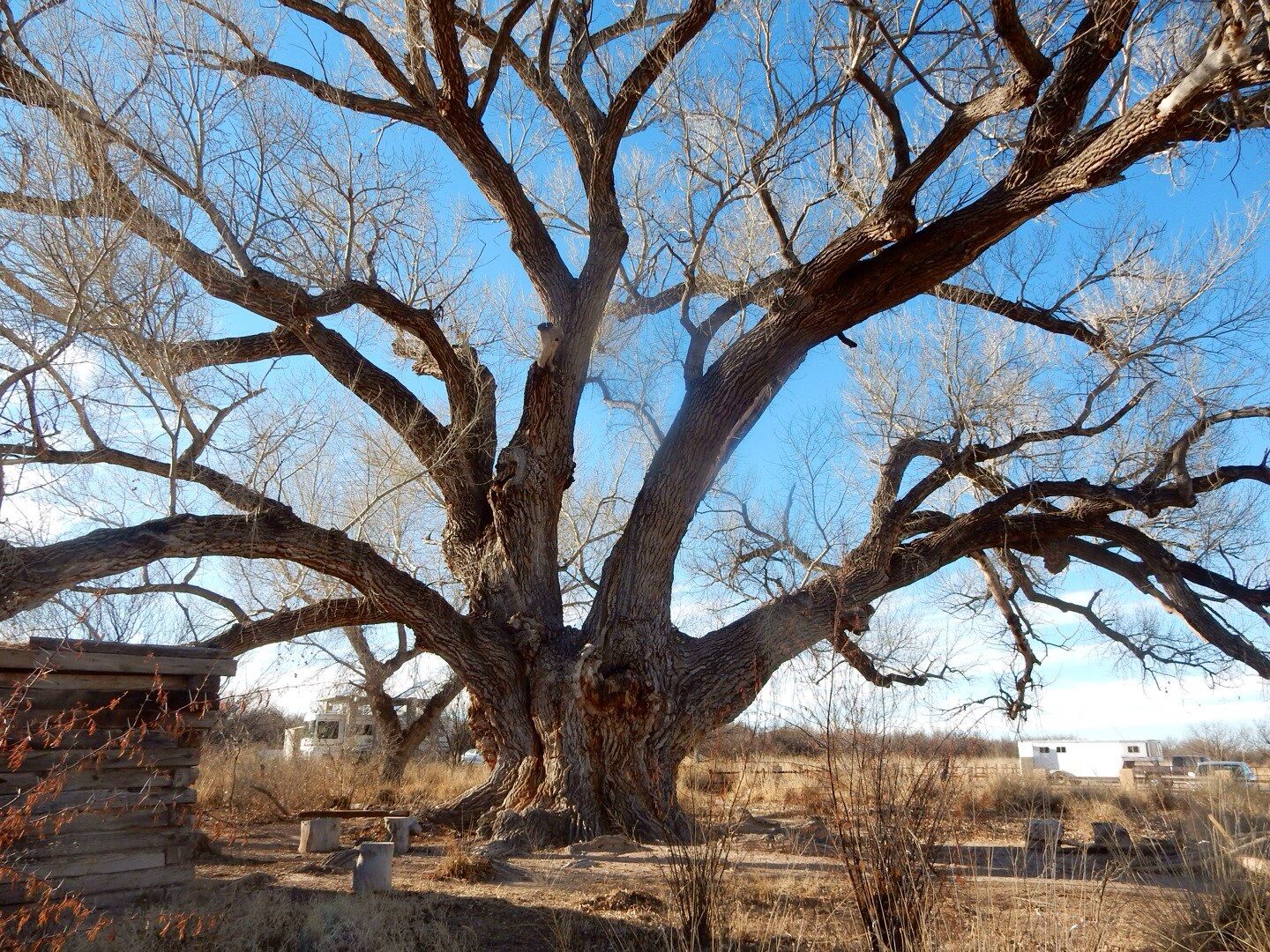
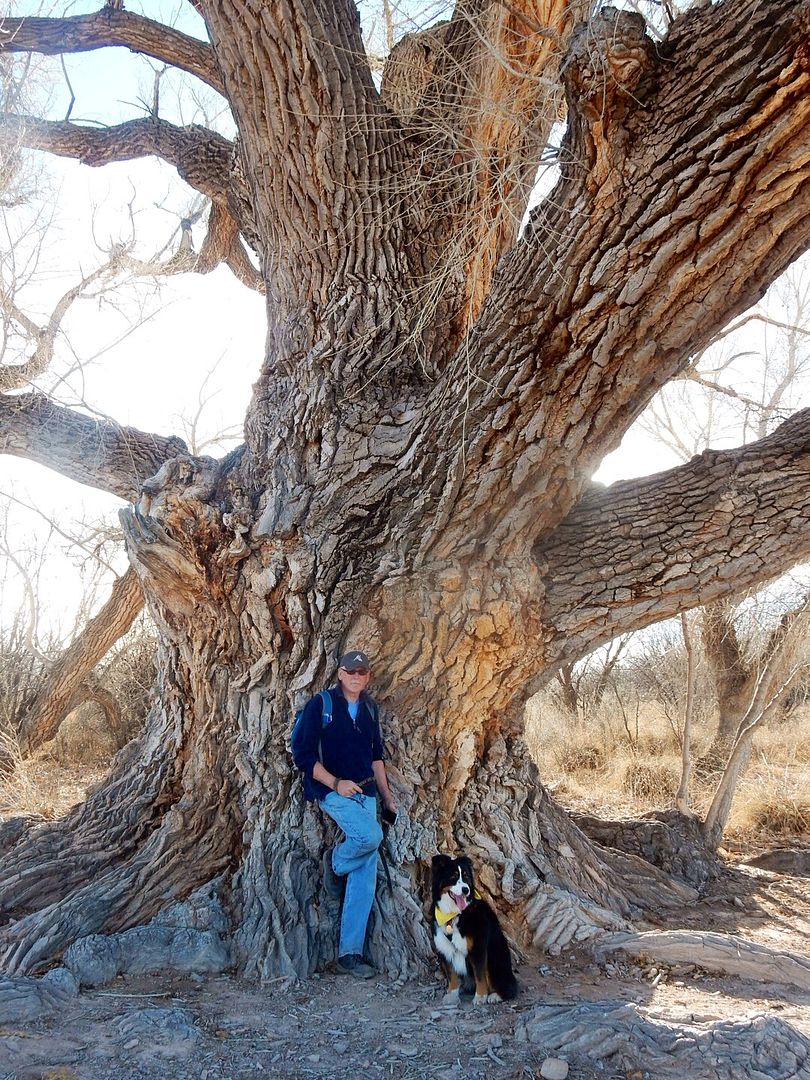
No comments:
Post a Comment